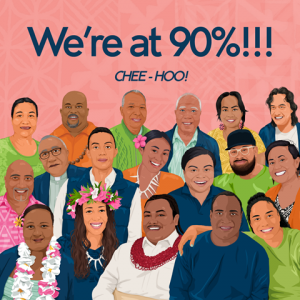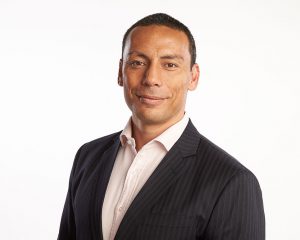Pasifika Equity and Community Engagement

Image acknowledgement: the Tangata Atumotu Trust and Canterbury Pasifika Collective.
With Chris Mene | IAP2A Trainer
Tena koutou katoa, Talofa lava and greetings,
In April 2021 I started in an Equity Leadership role in our regional health response to COVID-19. My responsibility was to the 18,000 Pasifika people living and working across our region. It was one of those roles that was meant to be for up to 3 months and as I write this article my assignment is coming to an end.
I thought I’d share some insights from this journey that may be useful for you if you work with Pasifika communities.
Collective Impact
Collectivism is a concept that most Pasifika peoples know inherently. Communalism is strong through traditional cultures including Samoan, Tongan, Cook Islands, Fijian, Niuean and Tokelauan communities. It is also reinforced through strong religious congregations in the islands, New Zealand and Australia.
Collective impact is a framework that I adopted in my role. In part because of the diversity of Pasifika interests and also because I had no formal authority in my role. My main tools were relationships, good will, influence, diplomacy, facilitation and trust.
To achieve high vaccination rates against Delta and then Omicron was going to need all health interests across our region to work towards the common goal of ‘jabs in arms’. In many ways collaboration contributed to this objective.
The Pasifika Collective included representation from providers, primary care, regional and national health interests, other Government agencies and faith leaders. This group collectively considered, determined priorities and where beneficial, collaborated in activities.
Trust
We knew that doing the best work we could within our spheres of influence was our focus. We trusted in others to do their best also. This included the realisation that ‘trusted faces and trusted places’ would form a foundational mantra on which we would build our approach to our engagement.
Our collective engagement frequency ranged from three times per week to fortnightly depending on the level of urgency. Communication was continuous and often several times a day.
Approach
Our approach roughly ended up with emphasis on education and vaccination where Pasifika Peoples lived, prayed, worked, studied and played.
Data analytics help inform activities education, promotion and vaccination through insights into localities, demographics, specific Pasifika communities and church congregations, workplaces, schools and tertiary education sites and sports clubs.
Local communications efforts highlighted trusted local clinical, church and community leaders.
Outcomes
Ultimately double vaccination was achieved at a rate of 100% of all Pasifika people over 17 years of age in our region. This has been a major success in providing a protective layer to communities who carry an inequitable health burden in society. In our region this is valuable as, at the time of writing this article, more than 34% of Pacific peoples in our region have contracted COVID-19.
Along with additional social and welfare supports in 2022, those in the Pasifika Collective continue with the selfless communal service that is such a feature of Pasifika communities.

Chris Mene.
Ia manuia lava
Chris Mene
